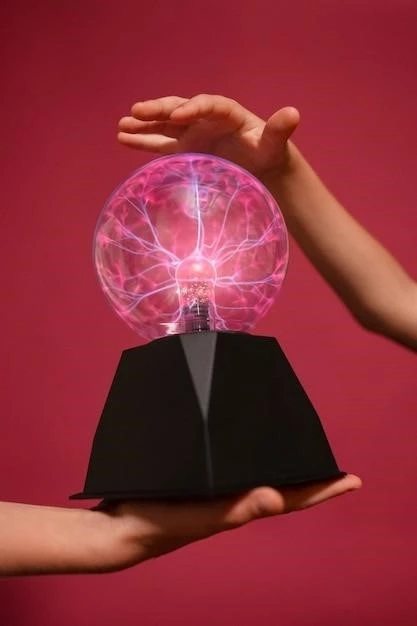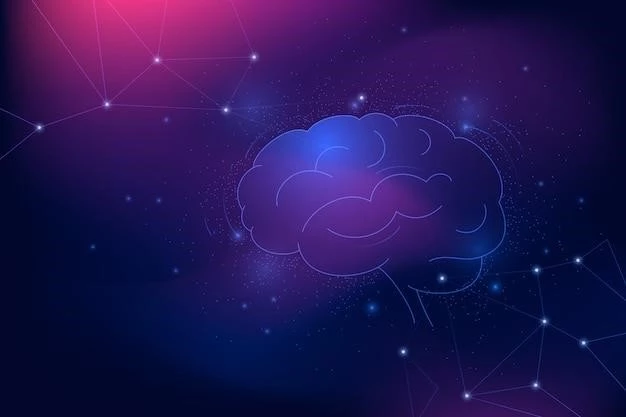The question of how subjective experience arises from the objective physical matter of the brain is one of the most profound and enduring mysteries in science. The field of neuroscience has made remarkable strides in unraveling the complexities of the brain, yet the nature of consciousness remains elusive. At the forefront of this exploration is the search for the neural correlates of consciousness (NCC) ― the minimal set of neuronal events and mechanisms sufficient for a specific conscious experience.

Defining the Problem: What are We Looking For?
Before embarking on a search for the NCC, it’s crucial to define what we’re looking for. Consciousness itself is a complex phenomenon, encompassing various aspects like:
- Awareness: The state of being conscious of something, whether internal sensations, thoughts, or external stimuli.
- Subjective Experience (Qualia): The qualitative, subjective feeling of what it’s like to experience something, like the redness of a rose or the taste of chocolate.
- Self-Awareness: The awareness of oneself as an individual, separate from the environment and others.
While these aspects are intertwined, they may have distinct neural substrates. The search for the NCC focuses primarily on phenomenal consciousness ⸺ the subjective experience itself.

Methodological Approaches: Peering into the Conscious Brain
Several experimental paradigms have been developed to isolate and study the NCC. These methods typically involve comparing brain activity during conscious and unconscious processing of information. Some key approaches include:
- Binocular Rivalry: Presenting different images to each eye, leading to alternating perception of only one image at a time, despite constant visual input. This allows researchers to correlate subjective experience with brain activity changes.
- Masking: Briefly presenting a target stimulus followed by a mask, rendering the target invisible to conscious perception. By varying the timing, researchers can study brain activity associated with conscious and unconscious processing.
- No-Report Paradigms: Circumventing the need for subjective reports by using indirect measures, like pupil dilation or brain activity patterns, to infer conscious perception.
Candidate Neural Correlates: The “Where” of Consciousness
While a definitive answer remains elusive, research has implicated several brain regions and processes as potential NCC:
Posterior Hot Zone: Sensory Integration and Awareness
Studies consistently point towards a “posterior hot zone” encompassing areas in the parietal, temporal, and occipital lobes as crucial for conscious perception. This region is involved in integrating sensory information, spatial awareness, and attention, suggesting a link between these functions and conscious experience.
Frontoparietal Network: Global Workspace and Information Sharing
The frontoparietal network, encompassing areas in the prefrontal cortex and parietal lobe, plays a role in higher-level cognitive functions like working memory, attentional control, and decision-making. This network’s involvement in consciousness might relate to its role in creating a “global workspace” where information is broadly shared and available for conscious access.
Electrophysiological Signatures: Rhythms of Awareness
Certain brainwave patterns, particularly gamma oscillations (30-100 Hz), have been associated with conscious processing. These oscillations might reflect synchronized neuronal activity, potentially facilitating information integration and conscious awareness.
Challenges and Ongoing Debates: Navigating the Unknowns
The quest to understand the neural basis of consciousness faces significant challenges:
- Defining the Boundaries: Distinguishing between neural activity necessary for consciousness itself and those reflecting pre-conscious processing or post-conscious reporting remains difficult.
- The Binding Problem: How disparate sensory features are bound together to create a unified conscious percept is still unclear.
- Subjectivity Gap: Bridging the gap between objective neural measurements and subjective experience poses a fundamental challenge. How can we objectively measure something inherently subjective?
Future Directions: Towards a Unified Theory of Consciousness
Despite the challenges, the neuroscience of consciousness is a vibrant and rapidly evolving field. Future research will likely focus on:
- Refining Methodologies: Developing more sophisticated techniques to isolate and manipulate neural activity related to specific aspects of consciousness.
- Integrating Theoretical Frameworks: Combining insights from different theories of consciousness, like Integrated Information Theory and Global Workspace Theory, to create a more comprehensive understanding.
- Exploring Non-Human Consciousness: Investigating the neural basis of consciousness in other species to gain a broader perspective on its evolution and potential diversity.
The journey to unravel the mysteries of consciousness is far from over. However, by combining rigorous experimental approaches with innovative theoretical frameworks, neuroscience is steadily advancing towards a deeper understanding of how subjective experience emerges from the intricate workings of the brain.










